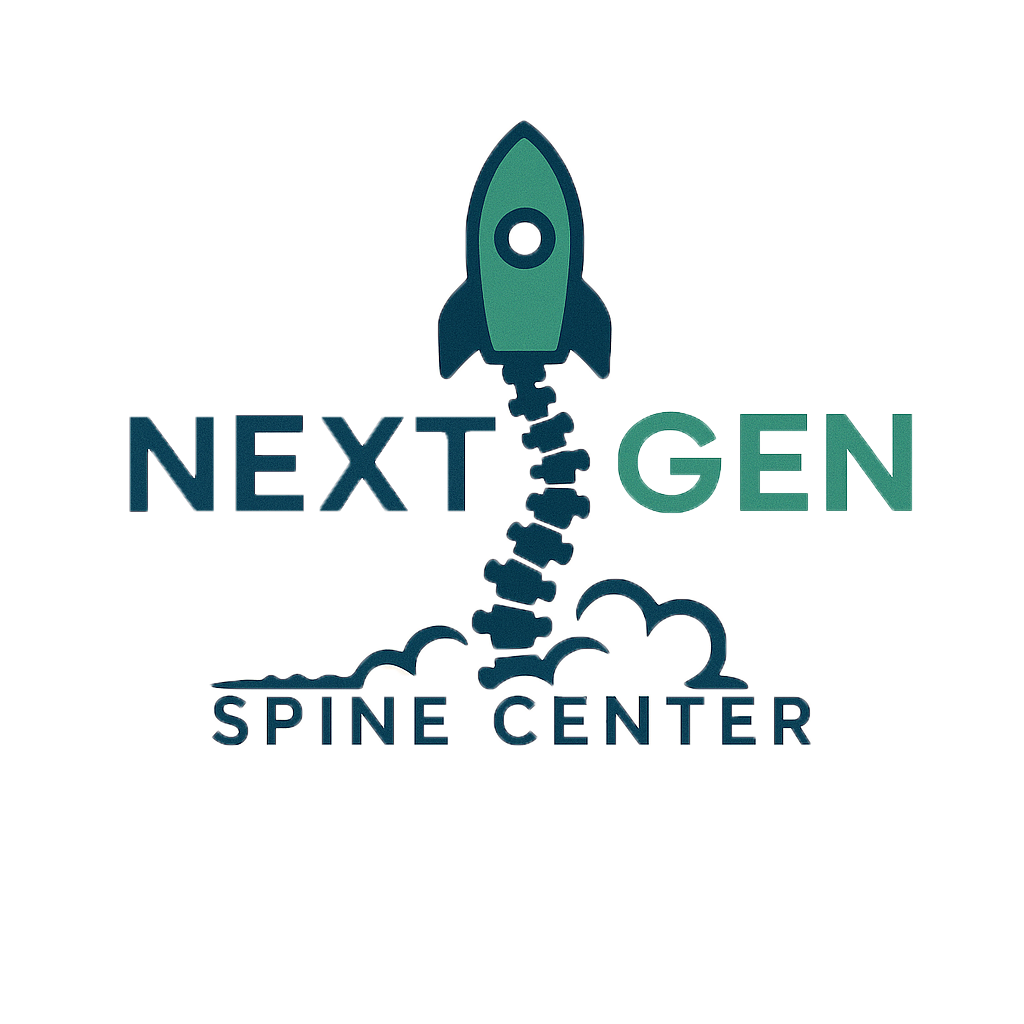What are Cervicogenic Headaches
Cervicogenic headache is a type of secondary headache that originates from issues in the cervical spine (neck). It is caused by referred pain from neck structures such as joints, discs, muscles, or nerves. Unlike primary headaches such as migraines, cervicogenic headaches have a clear anatomical source and often worsen with certain neck movements or positions.
Types of Cervicogenic Headaches
– Unilateral Cervicogenic Headache: Pain occurs on one side of the head and neck.
– Bilateral Cervicogenic Headache: Less common; pain affects both sides.
– Chronic Cervicogenic Headache: Persistent pain lasting more than three months.
– Episodic Cervicogenic Headache: Intermittent flare-ups related to specific activities or posture
Causes
Common causes include:
– Degenerative changes in cervical spine joints (e.g., facet arthritis)
– Herniated cervical discs
– Whiplash or cervical trauma
– Poor posture and prolonged neck strain
– Nerve compression or irritation in the upper cervical spine
Symptoms
Symptoms may include:
– Steady, non-throbbing pain on one side of the head
– Pain starting in the neck and radiating to the forehead, temples, or eyes
– Reduced neck mobility or stiffness
– Pain triggered by neck movement or sustained posture
– Tenderness over the upper cervical spine
Diagnosis of Cervicogenic Headaches
Diagnosis involves:
– Medical history and physical examination
– Assessment of neck movement and muscle tenderness
– Diagnostic nerve blocks to confirm the cervical origin of pain
– Imaging studies such as X-rays, MRI, or CT scans
– Exclusion of other headache types such as migraines or tension headaches
Conservative Treatment
Non-surgical treatment options include:
– Physical therapy focusing on posture, mobility, and strengthening
– Nonsteroidal anti-inflammatory drugs (NSAIDs)
– Manual therapy or chiropractic adjustments
– Trigger point injections or nerve blocks
– Lifestyle changes including ergonomic adjustments and exercise
Surgical Treatment
Surgery is rarely needed but may be considered for:
– Severe disc herniations causing nerve compression
– Instability or structural abnormalities in the cervical spine
– Failed conservative treatment in chronic, debilitating cases
Frequently Asked Questions
Q: How do I know if my headache is cervicogenic?
A: If your headache starts in the neck and worsens with neck movement or poor posture, it may be cervicogenic.
Q: Can cervicogenic headaches be cured?
A: Many cases improve significantly with therapy and posture correction, though ongoing management may be needed.
Q: What is the difference between a migraine and a cervicogenic headache?
A: Migraines are primary headaches with neurological symptoms, while cervicogenic headaches stem from neck problems and lack aura or pulsating pain.
